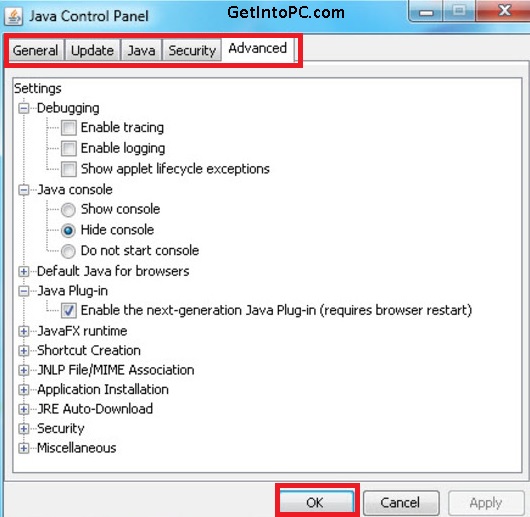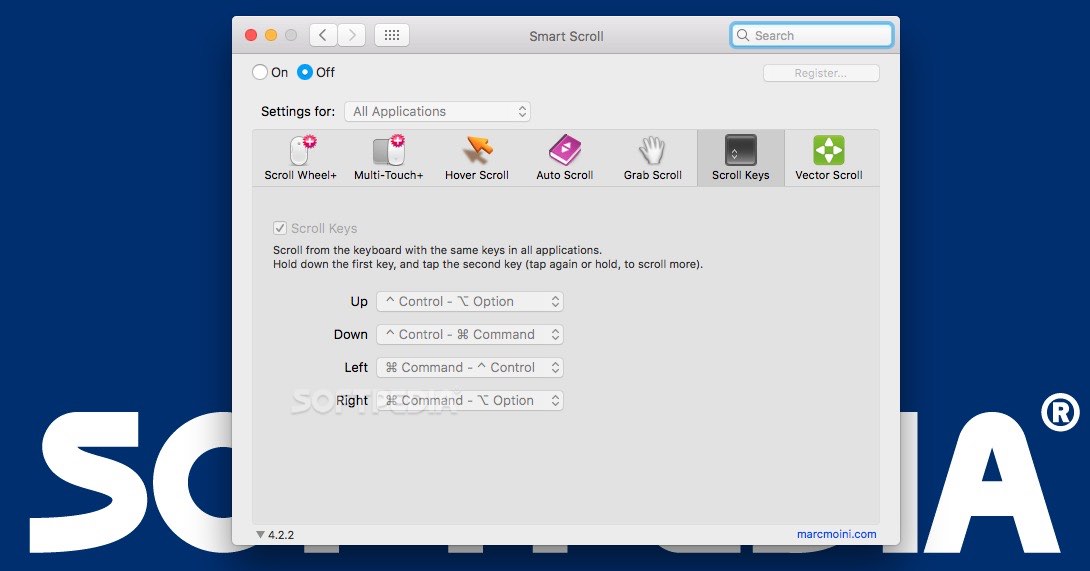The original version of Minecraft! Java Edition has cross-platform play between Windows, Linux and macOS, and also supports user-created skins and mods. Includes a decade’s worth of updates, with much more to come! Beginning December 1, 2020, you will need a Microsoft account to buy and play Minecraft Java Edition. Legacy java se 6 runtime free download - Java Runtime Environment (JRE), Java Console Extension for Java SE 1.6.002, and many more programs. Some Mac users may need to install Java into macOS. MacOS or by going directly to the Java download page on. Java se 6 runtime mac free download - Java Runtime Environment (JRE), Java Console Extension for Java SE 1.6.002, Apple Java for OS X 10.6, and many more programs. Java se 6 mac free download - Java 2 SE, Apple Java for OS X 10.6, Java Update for Mac OS X 10.3.9, and many more programs. While launching, Dreamweaver (13.2 and earlier versions. Java Se 6 Runtime Mac Download. Use the following method to initiate the Java runtime installation or confirm if it is installed. Go to Applications Utilities Java Preferences. Can t install software on mac.
Dialogs Freezing on MacOS Big Sur
If you are experiencing dialogs freezing on Big Sur, here is a temporary work-around:
- Shut down jGRASP if it is running.
- From the Apple Menu go to 'System Preferences' > 'General'.
- For 'Prefer tabs when opening documents', select 'never'.
This will of course affect other applications that use that setting. We are working on a permanent fix for the next jGRASP release.
New Features
jGRASP version 2.0.6_09 Beta adds CSD and run support for new Java 17 language features (sealed classes).
jGRASP version 2.0.6_08 Beta 2 adds CSD and run support for new Java 16 language features (records and pattern-matching instanceof).
jGRASP version 2.0.6_08 Beta supports system UI scaling on Windows and Linux (automatically integer-rounded). Previously only fonts and custom icons were scaled. Now scaling will also apply to system icons on file choosers, border thicknesses, spacing and margins, etc.
jGRASP version 2.0.6_05 Beta adds CSD, interactions, and run support for Java 15 features (text blocks).
jGRASP version 2.0.6 includes dark themes.
The jGRASP Plugin for Eclipse version 1.0.0 Beta 6 adds support for the Eclipse dark theme.
About jGRASP and jGRASP Plugins
jGRASP is a lightweight development environment, created specifically to provide automatic generation of software visualizations to improve the comprehensibility of software. jGRASP is implemented in Java, and runs on all platforms with a Java Virtual Machine (Java version 1.8 or higher). jGRASP produces Control Structure Diagrams (CSDs) for Java, C, C++, Objective-C, Python, Ada, and VHDL; Complexity Profile Graphs (CPGs) for Java and Ada; UML class diagrams for Java; and has dynamic object viewers and a viewer canvas that work in conjunction with an integrated debugger and workbench for Java. The viewers include a data structure identifier mechanism which recognizes objects that represent traditional data structures such as stacks, queues, linked lists, binary trees, and hash tables, and then displays them in an intuitive textbook-like presentation view.
jGRASP plugins for IntelliJ (IDEA and Android Studio) and Eclipse add the viewer and canvas features to those IDEs. For IntelliJ, the viewers and canvas will also work with Kotlin (JVM) code.
jGRASP is developed by the Department of Computer Science and Software Engineering in the Samuel Ginn College of Engineering at Auburn University.
Current Development

We are currently building a gdb/lldb interface for the debugger and visualizations in jGRASP, with support initially for C and C++ and the potential for other languages in the future. In parallel with this, we are developing a viewer/canvas plugin for CLion.
Acknowledgments
The development of jGRASP plugins for Eclipse, IntelliJ, and CLion and future jGRASP C/C++ visualizations is supported by the Auburn Cyber Research Center.
Prior development of jGRASP was supported by a research grant from the National Science Foundation.
The development of GRASP, the predecessor of jGRASP, was supported by research grants from NASA Marshall Space Flight Center, the Department of Defense Advanced Research Projects Agency (ARPA), and the Defense Information Systems Agency (DISA).
This page describes how to install and uninstall JDK 8 for OS X computers.
This page has these topics:
See 'JDK 8 and JRE 8 Installation Start Here' for general information about installing JDK 8 and JRE 8.
See 'OS X Platform Install FAQ' for general information about installing JDK 8 on OS X.
System Requirements
Observe the following requirements:
Any Intel-based computer running OS X 10.8 (Mountain Lion) or later.
Administrator privileges.
Note that installing the JDK on OS X is performed on a system wide basis, for all users, and administrator privileges are required. You cannot install Java for a single user.
Installing the JDK also installs the JRE. The one exception is that the system will not replace the current JRE with a lower version. To install a lower version of the JRE, first uninstall the current version as described in 'Uninstalling the JRE'.
JDK Installation Instructions
When you install the Java Development Kit (JDK), the associated Java Runtime Environment (JRE) is installed at the same time. The JavaFX SDK and Runtime are also installed and integrated into the standard JDK directory structure.
Depending on your processor, the downloaded file has one of the following names:
jdk-8uversion-macosx-amd64.dmgjdk-8uversion-macosx-x64.dmg
Where version is 6 or later.
Download the file.
Before the file can be downloaded, you must accept the license agreement.
From either the Downloads window of the browser, or from the file browser, double click the
.dmgfile to launch it.A Finder window appears containing an icon of an open box and the name of the
.pkgfile.Double click the package icon to launch the Install app.
The Install app displays the Introduction window.
Note:
In some cases, a Destination Select window appears. This is a bug, as there is only one option available. If you see this window, select Install for all users of this computer to enable the Continue button.Click Continue.
The Installation Type window appears.
Click Install.
A window appears that says 'Installer is trying to install new software. Type your password to allow this.'
Enter the Administrator login and password and click Install Software.
The software is installed and a confirmation window appears.
Refer to
http://www.oracle.com/technetwork/java/javase/downloads/jdk-for-mac-readme-1564562.htmlfor more information about the installation.After the software is installed, delete the
.dmgfile if you want to save disk space.
Determining the Default Version of the JDK
If you have not yet installed Apple's Java OS X 2012-006 update, then you are still using a version of Apple Java 6 that includes the plug-in and the Java Preferences app. See 'Note for Users of OS X that Include Apple Java 6 Plug-in'.
There can be multiple JDKs installed on a system, as many as you wish.
When launching a Java application through the command line, the system uses the default JDK. It is possible for the version of the JRE to be different than the version of the JDK.
You can determine which version of the JDK is the default by typing java -version in a Terminal window. If the installed version is 8u6, you will see a string that includes the text 1.8.0_06. For example:
To run a different version of Java, either specify the full path, or use the java_home tool:
For more information, see the java_home(1) man page.
Uninstalling the JDK
Download Java 6 Mac
To uninstall the JDK, you must have Administrator privileges and execute the remove command either as root or by using the sudo(8) tool.
For example, to uninstall 8u6:

Download Java 6 Mac
Do not attempt to uninstall Java by removing the Java tools from /usr/bin. This directory is part of the system software and any changes will be reset by Apple the next time you perform an update of the OS.